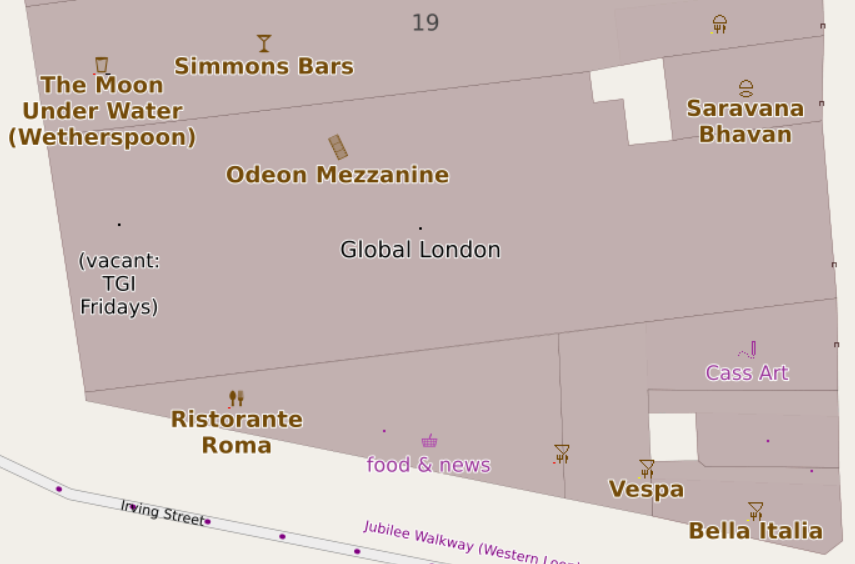Part 1: osm.org/user/Negreheb/diary/405306
Part 2: osm.org/user/Negreheb/diary/406030
360° Mapping Salzburg – Update #3: Better Mounting, Better Coverage
Hello OSM Community,
I’m continuing my effort to capture 360° images of the city of Salzburg for use in Mapillary and Panoramax. The goal remains the same: improve OpenStreetMap data, especially in areas with unresolved notes where better visual context can help.
Progress So Far
Here’s the current state of coverage from my 360° image collection:

My Route Planning Setup
To plan my routes, I’ve been using OSMAnd’s built-in GPX recording and map display. This allows me to see where I’ve already been and make instant decisions on which streets to cover next - without having a router trying to direct me back on track constantly.
I can also choose freely whether to ride on streets, paths, or cycleways depending on conditions. This flexibility has proven much more practical than relying on pre-planned routes.









